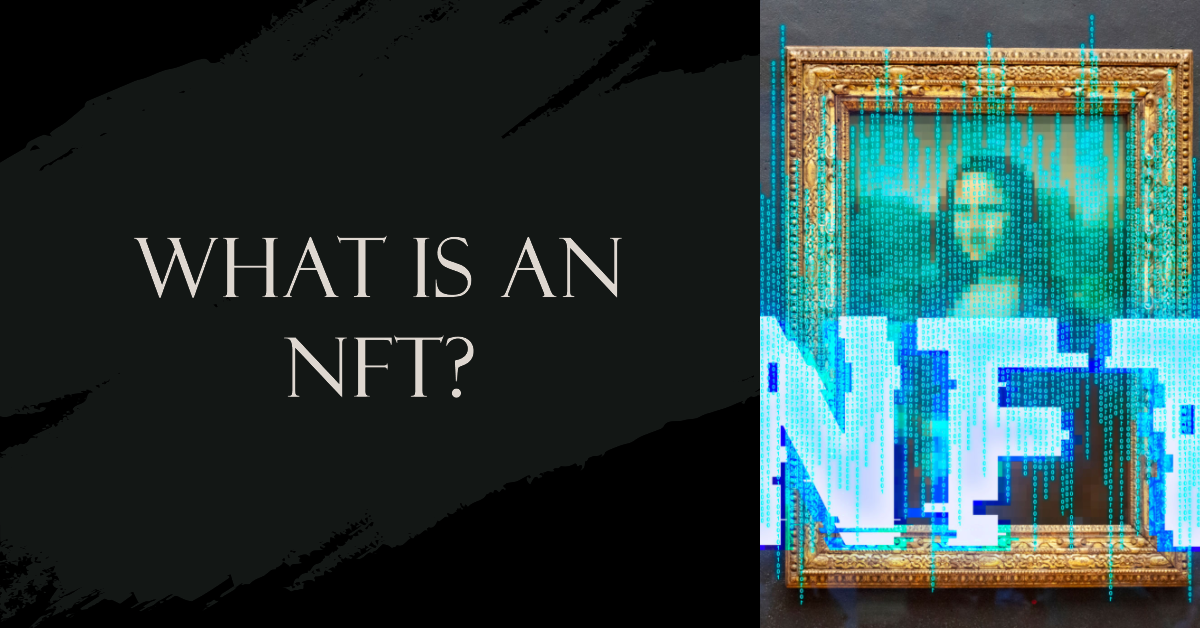
What Is an NFT? Exploring the World of Non-Fungible Tokens
Introduction
Non-fungible tokens (NFTs) have taken the world by storm, capturing the attention of artists, collectors, and investors alike. These unique digital assets have gained significant traction in recent years, particularly in the fields of art, collectibles, and gaming. But what exactly is an NFT, and why has it become so popular? In this article, we delve into the world of NFTs, exploring their origins, uses, and future potential.
Defining Non-Fungible Tokens (NFTs)
At its core, an NFT is a type of digital asset that represents ownership of a unique item or piece of content. Unlike cryptocurrencies like Bitcoin or Ethereum, which are fungible tokens (meaning they are interchangeable with one another), non-fungible tokens are distinct and cannot be exchanged on a one-to-one basis. Each NFT has its own unique identifier, which is recorded on a blockchain, providing proof of ownership and provenance for the asset.
The Origins of NFTs
The concept of NFTs can be traced back to the launch of the Ethereum blockchain in 2015. Ethereum introduced the ability to create and manage custom digital assets through the use of smart contracts, a programmable layer on top of the blockchain. In 2017, the development of the ERC-721 standard formalized the process for creating and managing non-fungible tokens on Ethereum. This standard paved the way for the first widely recognized NFT project, CryptoKitties, which allowed users to buy, breed, and trade unique digital cats.
Use Cases for NFTs
The potential applications for NFTs are vast and span various industries. Some of the most notable use cases include:
a) Digital Art: NFTs have transformed the art world by enabling artists to tokenize their work, creating unique digital assets that can be bought, sold, and traded on various platforms. High-profile sales, such as the $69 million auction of Beeple's artwork at Christie's, have brought NFTs into the mainstream.
b) Collectibles: NFTs have found a natural home in the world of digital collectibles. From virtual trading cards to digital stamps, NFTs provide a new way for collectors to acquire, display, and trade unique items in the digital realm.
c) Gaming: The gaming industry has been quick to adopt NFTs, with virtual items, skins, and in-game assets being tokenized as NFTs. This allows players to buy, sell, and trade these assets across different platforms and even between games, adding a new layer of value and utility to virtual goods.
d) Virtual Real Estate: NFTs have also been used to represent virtual land and property in digital worlds like Decentraland and The Sandbox. Users can buy, sell, and develop these virtual properties, creating unique experiences and monetizing their digital assets.
e) Intellectual Property and Royalties: NFTs offer new ways to manage and monetize intellectual property, such as music, film, or written works. By tokenizing these assets, creators can retain greater control over their work and earn royalties through secondary sales and usage.
The NFT Ecosystem
The NFT ecosystem has grown rapidly, with numerous platforms, marketplaces, and tools emerging to support the creation, management, and trading of non-fungible tokens. Some of the most popular NFT platforms and marketplaces include OpenSea, Rarible, SuperRare, and Nifty Gateway. These platforms enable users to buy, sell, and trade NFTs, as well as mint their own unique tokens.
Challenges and Controversies
Despite the excitement surrounding NFTs, there are several challenges and controversies that the technology faces:
a) Environmental Concerns: NFTs are primarily built on the Ethereum blockchain, which currently uses a proof-of-work (PoW) consensus mechanism that consumes significant amounts of energy. This has led to criticism regarding the environmental impact of NFTs. However, Ethereum is in the process of transitioning to a more energy-efficient proof-of-stake (PoS) mechanism, which should help address these concerns.
b) Copyright and Intellectual Property Issues: As NFTs have gained popularity, issues surrounding copyright and intellectual property have emerged. There have been instances where artists' works have been tokenized and sold without their permission. Ensuring proper attribution and respecting intellectual property rights will be essential for the long-term success of the NFT market.
c) Market Volatility and Valuation: The NFT market has experienced significant price volatility, with some assets selling for astronomical sums, while others struggle to find buyers. Determining the value of an NFT can be challenging due to its unique nature, and some argue that the current market may be experiencing a speculative bubble.
d) Interoperability and Standardization: As the NFT ecosystem expands, there is a need for greater interoperability and standardization between platforms and blockchains. This will enable users to more easily move their assets between different environments and ensure that the value of their NFTs is maintained.
The Future of NFTs
The future of NFTs is full of potential, with new use cases and applications continuing to emerge. Some areas to watch include:
a) Integration with the Metaverse: As the concept of the metaverse gains traction, NFTs will play a crucial role in shaping virtual worlds, economies, and experiences.
b) Fractional Ownership: Fractionalizing NFTs could make high-value assets more accessible to a broader range of investors, creating new opportunities for participation and collaboration.
c) Cross-Chain Solutions: Developing cross-chain solutions will enable NFTs to be more easily transferred between different blockchains, opening up new opportunities for users and platforms alike.
d) Real-World Applications: NFTs could be used to represent real-world assets, such as real estate, vehicles, and physical art, providing new ways to manage and transfer ownership in the digital realm.
Conclusion
NFTs have introduced a new dimension to the world of digital assets, enabling the tokenization and ownership of unique items and content. While there are challenges and controversies to overcome, the future of NFTs is bright, with the potential to transform industries and redefine the way we interact with the digital world. As the technology continues to evolve, it will be fascinating to see how NFTs reshape our digital experiences and create new opportunities for creators, collectors, and investors alike.
